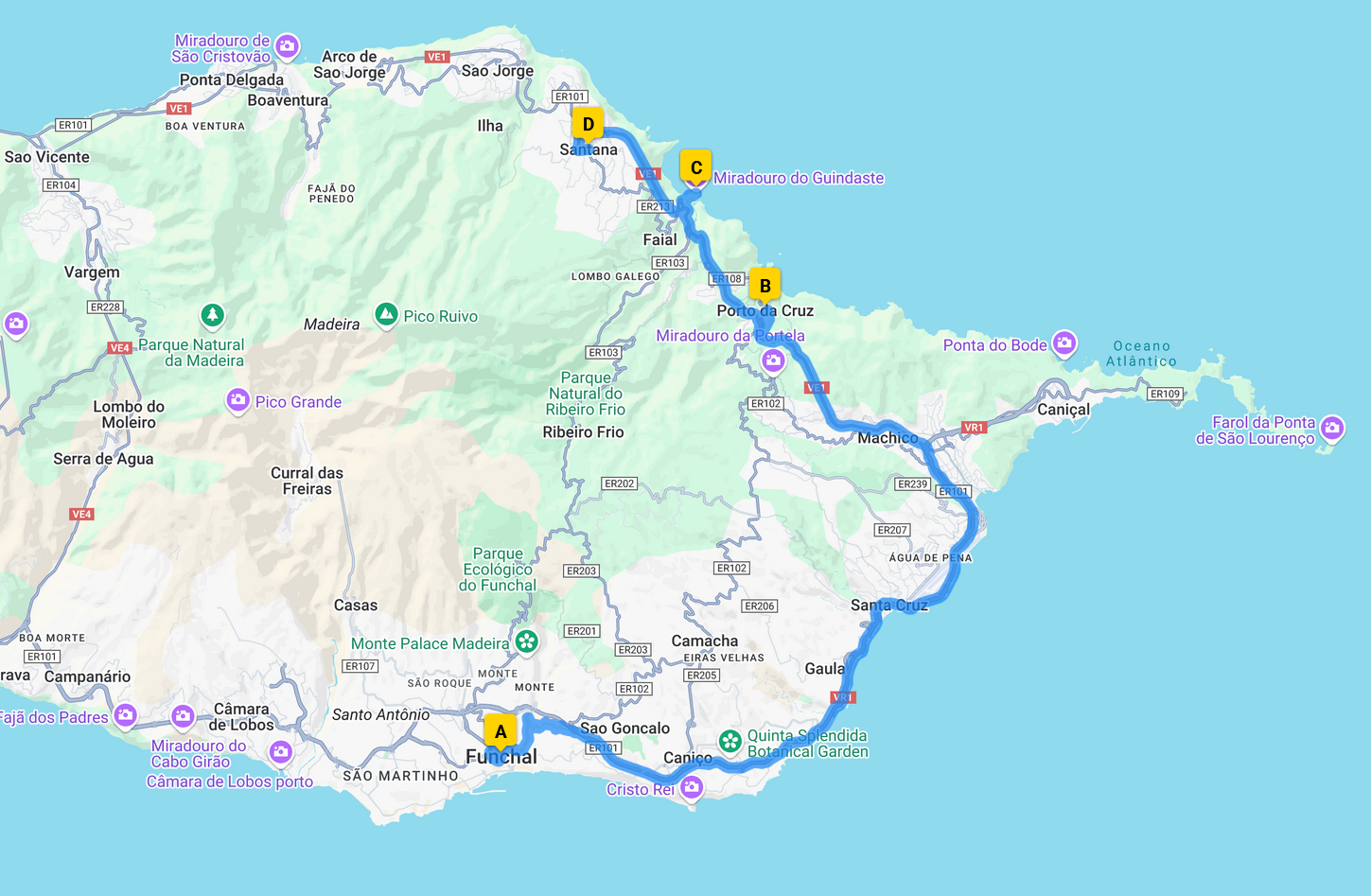Santana
Santana on Madeira is renowned for its iconic triangular, thatched-roof houses, which have become a beloved symbol of the region. These houses, with their distinctive design, reflect a rich cultural heritage and a history of rural craftsmanship that has been preserved over the centuries. The village itself is set against a backdrop of lush landscapes and is part of a municipality that’s recognized as a UNESCO Biosphere Reserve—a testament to its environmental and cultural significance.
The traditional houses of Santana, known as Casas de Santana, are one of Madeira’s most iconic landmarks. These charming triangular houses with thatched roofs date back centuries and were originally built by local farmers using wood, straw, and stone—materials readily available on the island.
Key Features:
- Triangular Shape: The steeply pitched roof helps rainwater drain efficiently
- Thatched Roof: Made from wheat or rye straw, providing natural insulation
- Bright Colors: Typically painted in white, red, and blue, adding to their picturesque appeal.
- Compact Design: Traditionally, they had a single ground floor for living space and an attic for storing crops.
While these houses were once common across Madeira, today they are mostly preserved for tourism and cultural heritage. Some have been restored to showcase traditional island life, and visitors can explore them in Santana’s town center
References
Text generated by Microsoft CoPilot










































